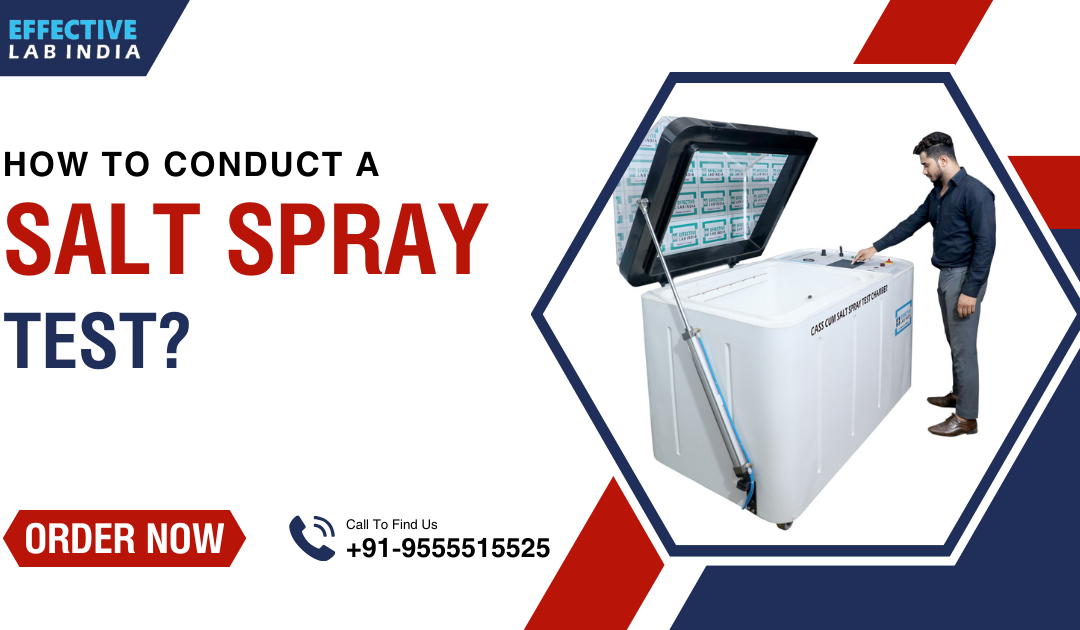Corrosion can cause damage to various products across several industries. So, to prevent corrosion, manufacturers do salt spray tests(also called corrosion tests) for their products. Corrosion tests play an important role in metal, automotive industries, etc. If the products are corrosive then they may be damaged and as a result, it affects the reputation of the company.
For testing the corrosion on various products, a test is performed which is termed a salt spray test(salt spray fog test). Salt spray testing is conducted with the help of a machine commonly known as a salt spray test machine.
A salt spray testing chamber creates a controlled environment to test the coatings of materials for corrosion resistance. As you know a salt spray fog chamber is used for testing corrosion on different materials. It is used to test whether the products are corrosion-resistant or not. Now, the question arises of how to conduct a salt spray corrosion test.
Salt spray testing, also known as salt spray fog testing, is a widely accepted method for evaluating the corrosion resistance of materials and coatings. This testing process involves subjecting the test samples to a controlled salt fog environment, replicating the harsh conditions that metal parts may encounter in real-world scenarios.
By subjecting materials and coatings to salt fog testing, manufacturers can assess their performance, identify potential weaknesses, and make necessary improvements. This helps ensure that the final products meet the required quality standards and can withstand the challenges posed by salt spray corrosion.
Don’t worry, we have got an answer for you.
In this blog, we’ll dive into the details of a salt spray test chamber. We will let you know; how to conduct a salt spray corrosion test.
So, let’s start.
Before conducting a salt spray test, you must create a controlled environment for simulating the effect of saltwater on the specific material.
The following steps are involved in conducting a salt spray test:
Setting a salt spray chamber: First set a salt spray chamber at a constant temperature. Pick up the sample and place it inside the chamber.
Preparation of salt solution: Mix water in the salt to create a solution. The concentration depends on the specific requirements of the test.
Spray the samples: Spray the salt solution on samples with the help of a nozzle. Specifications of the test describe the frequency and duration of spraying.
Monitoring of samples: Check the samples regularly if it has any signs of corrosion. If it has signs then document the results.
Evaluation of results: The last step in the conductance of a salt spray corrosive test is the evaluation of results. Remove the test samples after the test duration. Check whether it has any damage or corrosion. Evaluate the results according to specified standards and requirements.
This is all the procedure for conducting a salt spray corrosion test. But this is the general procedure, it may change a little bit due to specific requirements and standards. Because the tests vary according to the specific requirements of industries.
Conclusion
In conclusion, we will say that corrosion can cause damage to the products as a result it affects the reputation of a company. So, to prevent corrosion, several industries test corrosion on their products which is done by testing the products with a piece of equipment generally known as a Salt Spray Cabinet.
In the above paragraphs, you can see the details of a salt spray fog chamber and its working procedure. We have to give details on how to conduct salt spray fog testing. If you have further questions regarding the salt spray testing then feel free to contact us. We are always here to assist you.

